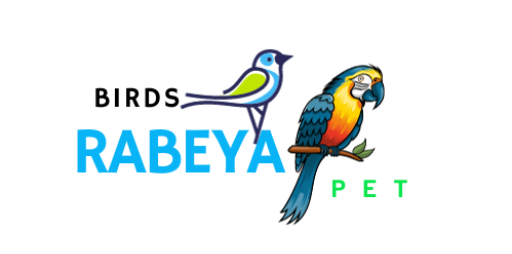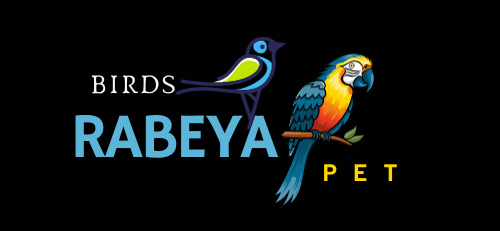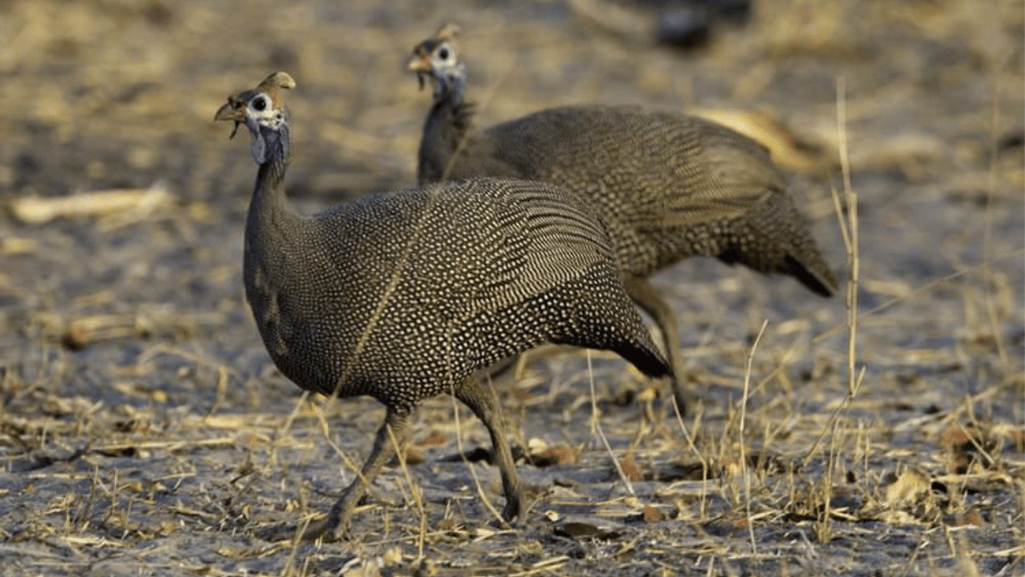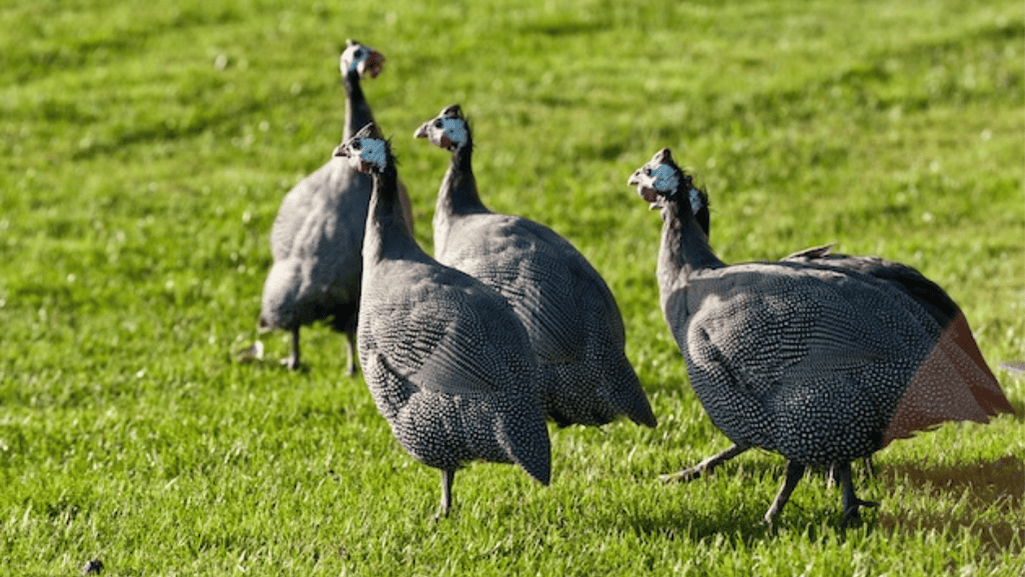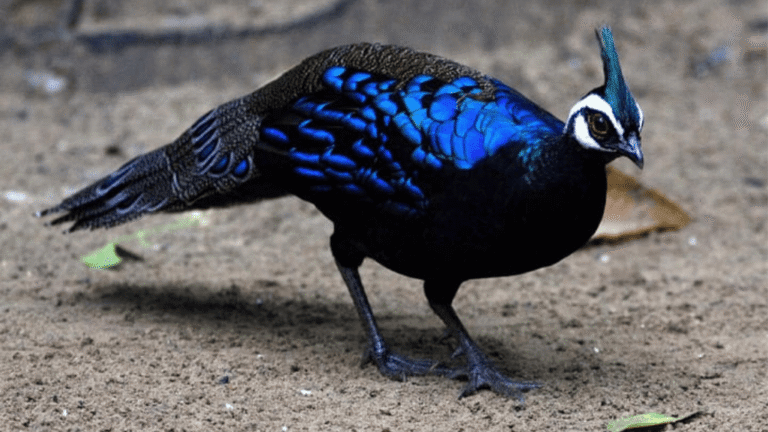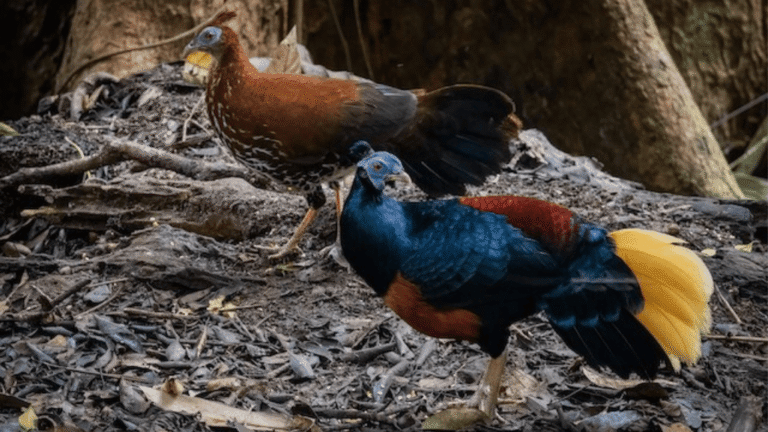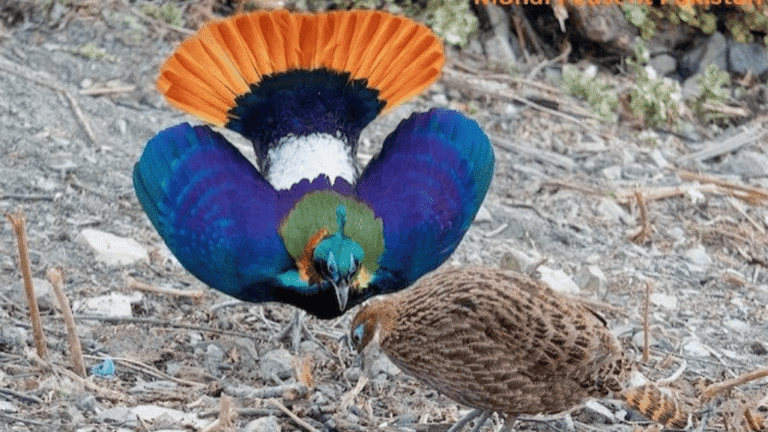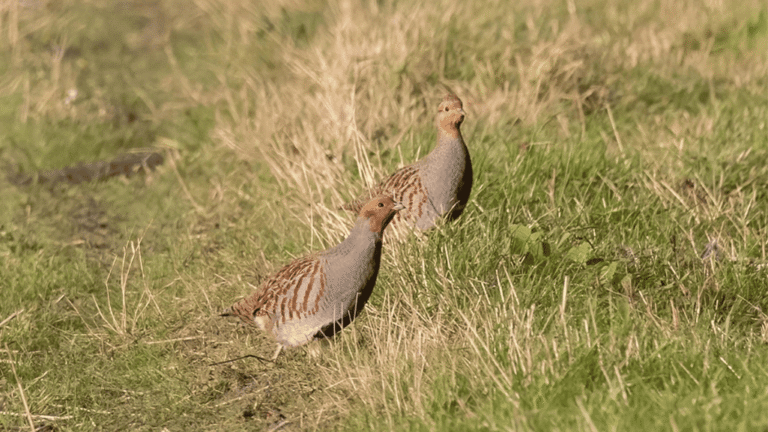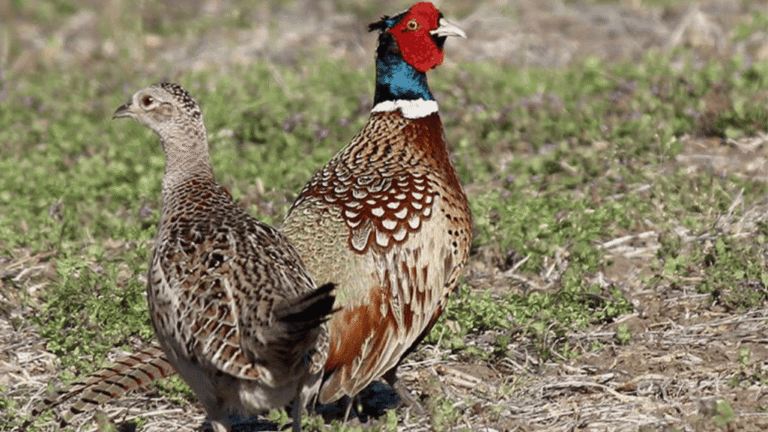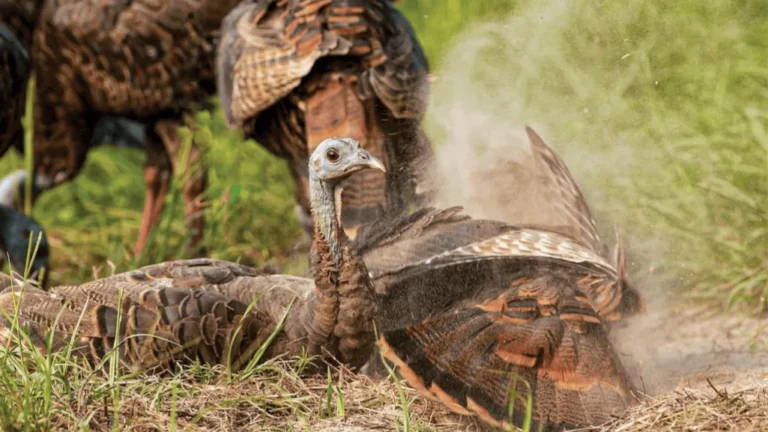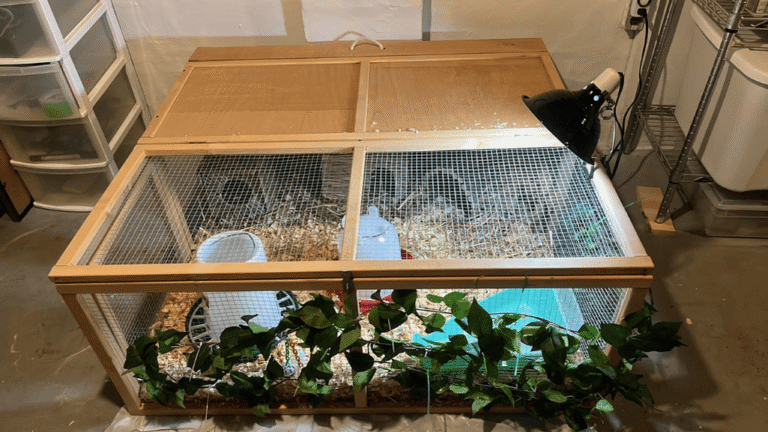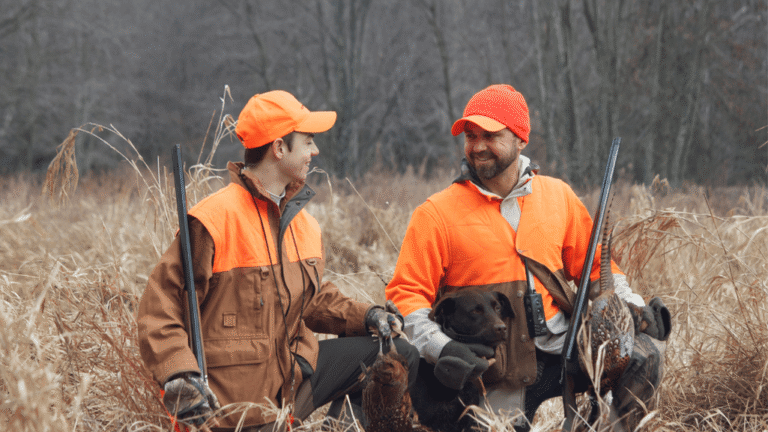Galliformes, a diverse order of birds found across the globe, play a significant role in our lives. From the popular common turkey to the iconic helmeted guinea fowl, these avian creatures have been domesticated for centuries. In this article we focus on stress management for captive Galliformes — covering practical husbandry, diet and water considerations, environmental enrichment, and simple behavior‑based interventions caretakers can apply today to reduce stress and improve condition in birds kept in small collections, farms, or zoos.
Buy vitamins and supplements
Key Takeaways:
- Provide a calm, predictable environment and routines to reduce stress responses in captive birds.
- Meet species‑specific housing, diet, and water needs — these conditions directly affect body condition and breeding success.
- Use environmental enrichment (foraging, perches, dust baths) to promote natural activity and mental stimulation.
- Monitor social groups and male:female dynamics closely to prevent aggression and stress‑related injuries.
- Manage noise and light to mimic natural day‑night periods — consistent lighting and quiet periods reduce chronic stress.
Behavior and Husbandry Practices of Captive Galliformes
Captive Galliformes — from red junglefowl and japanese quail to the common turkey and helmeted guinea fowl — are diverse in size, behavior, and biology. To minimize stress and support good body condition and breeding success, caretakers must match housing, diet, water access, and daily routines to the needs of each species. Below are practical, evidence‑based husbandry guidelines you can use as a checklist; for species‑specific ranges consult extension guides or google scholar sources and an avian veterinarian.
- Housing & space: Provide enclosure space scaled to species: allow ground area for foraging and room for social spacing to reduce aggression. Example: small quail can be kept at higher stocking densities than larger turkeys — always increase space if aggression or injury occurs.
- Shelter, ventilation & microclimate: Keep dry, well‑ventilated shelters with draft‑free roosting areas. Some species require modest temperature control and humidity monitoring; monitor conditions seasonally (winter protection, summer cooling) to prevent heat or cold stress.
- Light & daily cycles: Maintain regular photoperiods that mimic natural day/night periods for the species — abrupt changes increase stress and can disrupt breeding season timing.
- Substrate & hygiene: Use suitable substrate (clean straw, wood shavings, or sand) and provide dust‑bathing areas; replace or top up regularly to control parasites and maintain feather condition.
- Water & feeders: Ensure continuous access to clean water and feeders placed to reduce competition; scatter feeding or multiple feeder points reduces dominance and improves group access.
- Group composition & social control: Monitor group sizes and male:female ratios — some species and males show territorial or aggressive behaviors, especially during breeding season; separate aggressive individuals early.
- Routine & predictability: Implement consistent daily routines (feeding, cleaning, checks) — regular schedules reduce stress responses and improve animal welfare over time.
Diet and Nutrition — practical notes
A balanced, species‑appropriate diet supports immune function, body condition, and breeding. Commercial rations formulated for each bird species are usually the best baseline; supplements should be used only under veterinary guidance. Key points:
- Energy & protein: Growers and breeding males often need higher protein and energy; reduce protein in non‑breeding periods to prevent weight‑related issues.
- Vitamins & minerals: Calcium and phosphorus balance is critical in laying species; use grit or appropriate supplements as recommended by an avian nutritionist.
- Foraging & enrichment feeding: Scatter feeding, treat balls, and puzzle feeders encourage natural foraging activity and reduce boredom — this also helps regulate activity and healthy weight.
- Water quality: Monitor daily; contaminated water increases disease risk and can reduce feed intake (data show water availability and quality affect growth rates).
Managing social dynamics and aggression
Social stress is a major cause of injury and chronic stress in captive groups. Use the following steps to control aggression and promote stable groups:
- Form stable groups outside the breeding season when possible; introduce new individuals gradually with visual barriers to reduce fights.
- Provide escape areas, perches, and multiple feeding sites to reduce competition; increasing resource distribution lowers dominance conflicts.
- Monitor males during breeding season closely — be prepared to separate overly aggressive males to protect hens and reduce stress‑related injuries.
Monitoring, record keeping & evidence
Regular monitoring gives actionable data: record feed and water intake, mortality/injury numbers, and reproductive results. Small changes in weight, feather condition, or activity often precede clinical disease — early detection prevents wider effects.
- Daily visual checks for behavior and condition; weekly weight sampling for flocks where feasible.
- Keep a simple log: number of birds, feed used, water issues, signs of aggression, and any veterinary treatments.
- Use google scholar and extension articles (veterinary or university extension) to update husbandry and diet recommendations annually.
By understanding the specific needs and behaviors of captive Galliformes and implementing the husbandry practices above — appropriate housing, predictable routines, balanced diets, and social management — caretakers can reduce chronic stress and improve health and breeding outcomes. For species‑specific space, temperature, and diet tables, consult the references listed in the full article and speak with an avian veterinarian before changing feeding regimens or supplement use.
Stress Reduction Techniques for Captive Galliformes
Stress negatively affects immune function, reproduction, and behavior in captive bird species. Practical stress reduction focuses on predictable routines, environmental control, enrichment that encourages natural activity, and low‑stress handling. Below are specific, actionable techniques—each includes why it matters and how to implement it.
Creating a Calm and Stimulating Environment
Why it matters: sudden changes in environment, loud disturbances, or unpredictable human activity trigger acute stress responses and can become chronic if repeated. A calm, consistent environment reduces cortisol‑like responses and stabilizes behavior and feeding.
- Predictable schedule: Feed, check, and clean at consistent times each day — predictability lowers stress and supports normal activity cycles.
- Visual barriers & hiding spots: Provide low partitions, vegetation or shelters so birds can escape visual stressors; this reduces aggressive interactions and gives subordinate birds refuge.
- Novelty control: Introduce changes gradually over days (new objects, layout changes) rather than sudden one‑time shifts; track bird reactions for several days after changes.
- Quiet zones: Designate quieter parts of the facility for rest; minimize loud operations during key activity times such as feeding or nightfall.
Gentle Interactions and Proper Handling
Why it matters: handling is a frequent acute stressor. Gentle, consistent handling reduces fear and improves trust, making routine husbandry less stressful for both caretakers and birds.
- Approach calmly: Move slowly, speak softly, and avoid sudden overhead motions; let the bird see your hands before contact.
- Minimal restraint: Use the least restraint needed for the procedure. For health checks, wrap larger birds in a towel to reduce wing flapping and injury.
- Acclimation protocol (3-step): 1) Short daily visual exposure to caretaker (1–2 minutes), 2) Offer food by hand for 3–5 days, 3) Gentle brief handling sessions (30–60 seconds) gradually increasing time.
- Record reactions: Note which individuals show prolonged fear or aggression and adapt handling plans (separate, more gradual training, or veterinary consult).
Managing Noise Levels and Light Exposure
Why it matters: noise and light strongly influence daily rhythms and stress. Consistent light cycles encourage normal feeding, breeding, and sleep; excessive or sudden noise causes startle responses and can elevate stress hormones.
- Photoperiod: Mimic the natural day length for the species and season; for many temperate species, 12–14 hours light during breeding season and shorter periods during molt/winter. Adjust gradually (1–2 minutes per day) when changing photoperiod to avoid shock.
- Light intensity: Provide bright daytime illumination and low, diffuse night lighting; avoid direct glare into enclosures.
- Noise control: Limit loud machinery near enclosures during feeding and roosting times; use insulation, vegetation buffers, or relocated equipment where possible. If construction or unavoidable loud events occur, provide extra hiding opportunities and minimize human presence.
- Quiet period: Schedule a daily quiet period (several hours) that includes dusk and early night to allow rest and recovery.
“Creating a calm and stimulating environment, gentle interactions, and proper handling techniques are vital for reducing stress in captive Galliformes.”
Implementing the techniques above — stable routines, low‑stress handling, controlled light and noise, and environmental enrichments that encourage natural foraging and activity — measurably reduces behavioral signs of stress and supports better body condition and reproductive results. Use the table below as a quick reference and expand each item into a site‑specific checklist for your facility.
| Technique Why it matters How to implement (quick) | ||
| Predictable routines | Reduces chronic stress, stabilizes feeding and activity | Set fixed times for feeding/cleaning; log schedule changes |
| Hiding spots/visual barriers | Allows avoidance, reduces aggression | Install low partitions, boxes, or vegetation clumps |
| Gentle handling | Reduces fear responses and handling injuries | Use short acclimation sessions; train staff in low‑stress handling |
| Noise & light control | Supports natural rhythms, reduces startle events | Mimic natural photoperiods; limit loud activity during feeding/roosting |
These techniques are broadly applicable to many bird species kept in captivity but should be tuned to each bird species’ biology and life stage (for example, breeding season vs. molt). Where possible, cross‑check recommendations with species‑specific literature (google scholar, extension articles) and your avian vet before making large changes to diet or housing. Small, data‑driven changes (monitoring feed, water, and behavior) produce the best results over time.
Environmental Enrichment for Captive Galliformes
Environmental enrichment is one of the most effective, low‑risk ways to reduce stress and improve welfare in captive birds. For Galliformes, enrichment should enable natural behaviors — foraging, dust bathing, perching, and social interactions — while being safe, cleanable, and appropriate to the species’ size and biology.
Below are practical enrichment types, species‑specific examples, and short how‑to notes you can implement by time period (daily, weekly) to promote activity and reduce boredom in captivity.
Dust Bathing Areas (daily to weekly)
Why: Dust bathing maintains feather condition and reduces external parasites — a natural behavior in many Galliform species.
- Design: Provide a shallow tray or designated area (min. 30–60 cm diameter for medium birds) with fine, dry substrate (play sand mixed with a bit of wood ash for some species — check veterinary advice first).
- Hygiene: Replace or top up substrate weekly and inspect for contamination; keep dust baths separate from high‑traffic feeding zones.
- Species note: Small quail prefer shallow trays; larger species (turkeys, peafowl) need broader areas or dedicated dusting yards.
Foraging Enrichments (daily)
Why: Encouraging natural foraging increases activity, reduces stereotypies, and supports healthy feeding patterns.
- Simple methods: Scatter feed across the run, hang treat bags, or use puzzle feeders appropriate to bill size.
- DIY idea: Place mixed grains in a shallow box with buried food pieces; rotate treats and locations to maintain novelty.
- Frequency: Daily brief sessions (5–15 minutes) keep birds active; track food use and adjust to avoid overfeeding.
Structural Enrichment: Perches, Platforms, and Natural Elements (continuous)
Why: Vertical structures allow social spacing, roosting, and exploration — important for social groups and to reduce ground crowding.
- Perches/platforms: Install multiple platform heights. Example: turkeys benefit from low platforms (30–60 cm) to survey, while quail need shorter steps (10–20 cm).
- Natural materials: Add clean branches, leaf bundles, and safe vegetation (non‑toxic species) to provide sensory variety; sanitize or replace regularly to avoid pathogen build-up.
- Safety: Ensure perches are sturdy, edges are smooth, and platforms have non-slip surfaces to prevent leg injuries.
Mental Stimulation: Pecking Blocks, Toys, and Puzzle Feeders (weekly)
Why: Cognitive challenges reduce boredom, improve beak wear, and increase positive activity.
- Pecking blocks: Offer chewable, safe blocks or hanging items (rotate weekly to maintain interest).
- Puzzle feeders: Use species‑appropriate puzzles (large openings for turkeys, smaller mechanisms for quail) to encourage problem solving.
- Maintenance: Clean toys weekly and inspect for small parts that could be ingested.
Social Enrichment & Group Structure (ongoing)
Why: Allowing species-appropriate social interactions supports natural behaviors and reduces stress from social instability.
- Group size & composition: Maintain stable groups; avoid combining unfamiliar adults in confined spaces without gradual introductions.
- Introduce newcomers with visual and limited physical contact for several days; monitor for number and severity of aggressive events and separate if necessary.
- Breeding season: Provide extra space and escape areas to prevent mating‑related aggression, and monitor males closely for signs of excess aggression.
Practical Setup & Sanitation (how‑to)
Quick checklist to build and maintain enrichment safely:
- Plan: Map enrichment locations so they do not block feeders or create crowding.
- Materials: Use washable or replaceable materials (metal, hard plastics, untreated wood).
- Sanitize: Clean and dry enrichment items on a weekly schedule; replace dusty substrate monthly or sooner if soiled.
- Monitor & adapt: Keep simple data (which toys are used, activity levels, any injuries) and rotate or modify items based on results.
“Environmental enrichment is essential for captive Galliformes to express natural behaviors, maintain mental stimulation, and improve overall welfare.” – Dr. Jane Smith, Avian Behavior Specialist
Note: verify professional attributions before publication. For evidence and step‑by‑step designs, consult targeted articles and google scholar studies on enrichment in specific bird species and discuss complex interventions with an avian veterinarian.
| Enrichment Type Purpose Implementation (frequency) | ||
| Dust Baths | Feather maintenance, parasite control | Daily access; substrate change weekly |
| Foraging Toys / Puzzle Feeders | Encourage natural feeding activity, reduce boredom | Daily to alternate days; rotate items weekly |
| Perches & Platforms | Social spacing, roosting, surveillance | Permanent; inspect monthly |
| Pecking Blocks / Sensory Items | Beak exercise, tactile stimulation | Weekly replacement or sanitation |
Case example (brief): A small hobby flock of mixed pheasant species showed reduced feather picking and increased daytime activity after adding daily scatter feeding and two dust baths per run; monitor your own groups and record results (activity, feed consumption, injuries) to measure enrichment effectiveness.
Prioritize simple, safe enrichment and measure its effect using basic data (activity counts, feed/water use, number of aggressive events). Small, consistent enrichment programs often yield measurable results in weeks. For detailed designs and species‑specific safety lists (which branches/leaves are safe), consult targeted articles and your avian veterinarian before adding natural elements.
Conclusion
Effective stress management is essential to safeguard the welfare of captive Galliformes. Across species and life stages, consistent husbandry — including appropriate housing, access to clean water and balanced diet, predictable routines, and carefully managed social groups — reduces chronic stress and its negative effects on body condition, breeding, and behavior.
Five immediate actions to take today
- Establish a consistent daily schedule for feeding, cleaning, and checks — predictability cuts stress.
- Provide at least one dust‑bath area and one simple foraging enrichment (scatter feed) to stimulate natural activity.
- Ensure continuous access to clean water and check waterers for contamination or flow problems.
- Add visual barriers or hiding spots so subordinate birds can avoid aggressors and reduce conflict.
- Train staff on calm approach and minimal restraint techniques; start short acclimation sessions for fearful birds.
Three long‑term measures to plan
- Develop species‑specific husbandry tables (space, photoperiod, diet formulations) and update them annually using peer‑reviewed articles and google scholar searches.
- Design an enrichment rotation plan (daily foraging, weekly toys, monthly structural changes) and collect simple data (activity observations, feed/water use, aggression counts) to evaluate effects.
- Work with an avian veterinarian to review diet, supplements, and parasite control strategies — always consult a vet before introducing supplements or major diet changes.
Final note: environmental enrichment and low‑stress husbandry are cost‑effective, evidence‑based strategies that improve welfare and reduce the occurrence of negative behaviors in captive birds. Applying practical, species‑appropriate measures — and tracking simple data to see results — will help captive Galliformes remain healthy and active over time.
FAQ
What should I prioritize to reduce stress in my flock?
- Start with environment and routine: consistent feeding times, secure shelters, dust baths, and adequate space per bird.
- Add enrichment that encourages natural activity (foraging, perches) and manage noise/light to mimic natural periods.
- Monitor and record simple data (feed/water use, injuries, activity) to detect stressors early.
